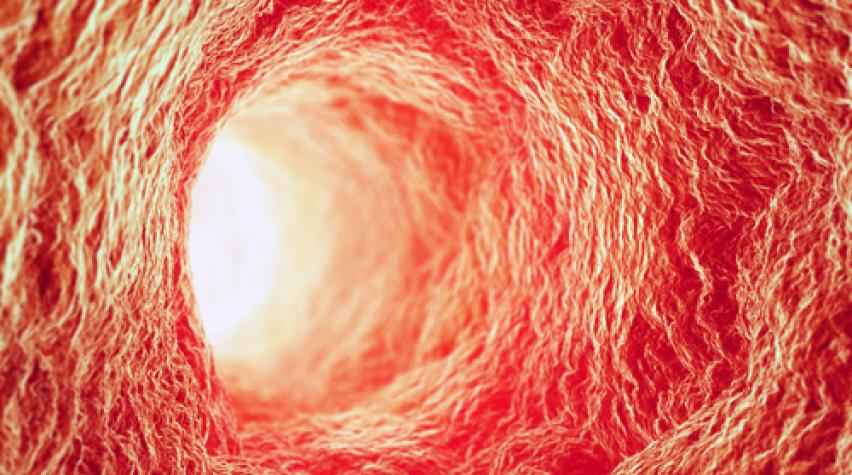
Researchers at Boston's Brigham and Women's Hospital (BWH) in Boston are making progress in manufacturing blood vessels through 3D bioprinting. In a press release from the hospital, Senior researcher Ali Khademhosseini, PhD and biomedical engineer, acknowledges the strides made in making artificial organ tissues, but noted the gap in knowledge when it comes to creating artificial blood vessels, a gap which his group's work aims to fill. Khademhosseini heads the BWH Biomaterials Innovation Research Center and is known for his work in the area of generating human tissue. We've covered some of his research here on ChEnected, which you can see here. To create blood vessels, the researchers first used a 3D bioprinter to make an agarose (naturally derived sugar-based molecule) fiber template to serve as the mold for the blood vessels. They then covered the mold with a gelatin-like substance called hydrogel, forming a cast over the mold which was then reinforced via photocrosslinks. Commenting on the technique, Khademhosseini explains the team's novel approach here:
"Our approach involves the printing of agarose fibers that become the blood vessel channels. But what is unique about our approach is that the fiber templates we printed are strong enough that we can physically remove them to make the channels," said Khademhosseini. "This prevents having to dissolve these template layers, which may not be so good for the cells that are entrapped in the surrounding gel."
For more information on this team's work in generating artificial blood vessels, see the full study which is published this month in the journal Lab on a Chip.
What do you think is the next great hurdle in the area of fabricated tissue?
Link Website:Cheap Nike Air Max Ugg Boots Cheap Jordans Cheap Snapbacks Hats Calzoncillos Calvin Klein Louis Vuitton Outlet Store Camisetas De Futbol Baratas Cheap Ray Bans All shops Free Shipping! Welcome!



Comments
That's innovating. I wonder how well this will work?